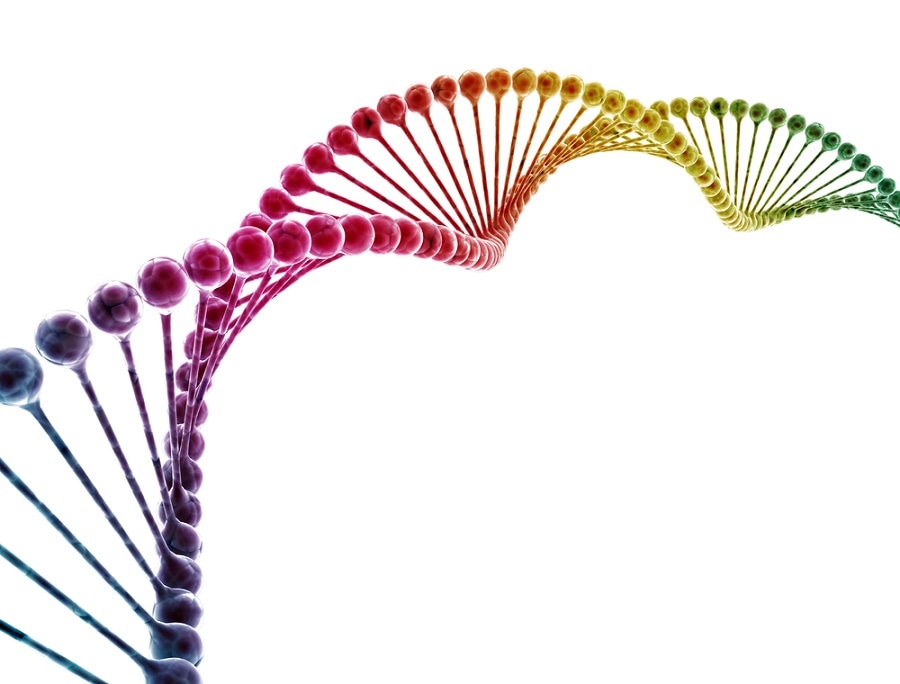Jul 7 2016
 Image Credit: Jezper | Shutterstock.com
Image Credit: Jezper | Shutterstock.com
Scientists from McMaster University have established a new method to use DNA as the engine of a nano-machine for detection of substances ranging from bacteria and viruses to metals and cocaine.
It's a completely new platform that can be adapted to many kinds of uses. These DNA nano-architectures are adaptable, so that any target should be detectable.
John Brennan, Director of McMaster's Biointerfaces Institute
Although DNA is considered as a genetic material, it is also essentially a programmable molecule suitable for synthetic applications.
Using the new method, researchers can mold independently programmed DNA material samples into several sets of interlocking circles. The first circle continues to remain inactive until the second circle releases it, similar to a bicycle wheel in a security lock. The second circle, which acts as the lock, opens when it encounters even a trace of the substance and releases the first circle of DNA, which rapidly reproduces and generates a signal, like a color change.
The key is that it's selectively triggered by whatever we want to detect. We have essentially taken a piece of DNA and forced it to do something it was never designed to do. We can design the lock to be specific to a certain key. All the parts are made of DNA, and ultimately that key is defined by how we build it.
John Brennan, Director of McMaster's Biointerfaces Institute
Co-author Yingfu Li, who holds the Canada Research Chair in Nucleic Acids Research, explained that inspiration for the "DNA nanomachine" was derived from nature itself.
"Biology uses all kinds of nanoscale molecular machines to achieve important functions in cells," Li says. "For the first time, we have designed a DNA-based nano-machine that is capable of achieving ultra-sensitive detection of a bacterial pathogen."
Researchers are also working to expand the use of the DNA-based nanomachine as a user-friendly detection kit for rapid analysis of various substances and eventually move it into clinical trial within one year.